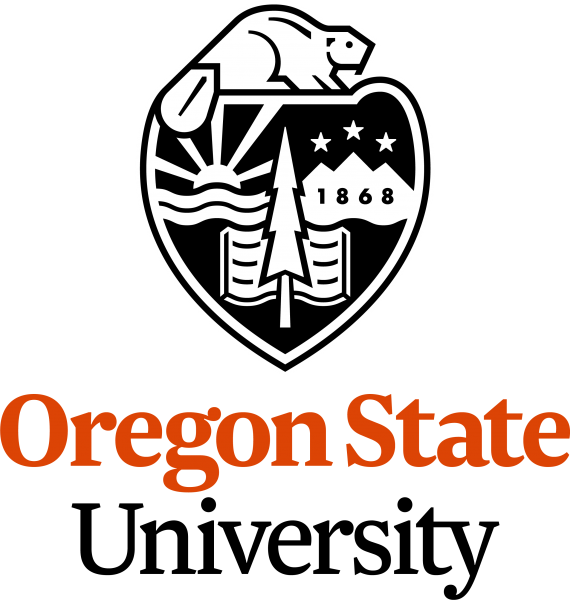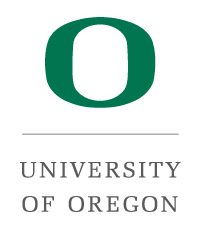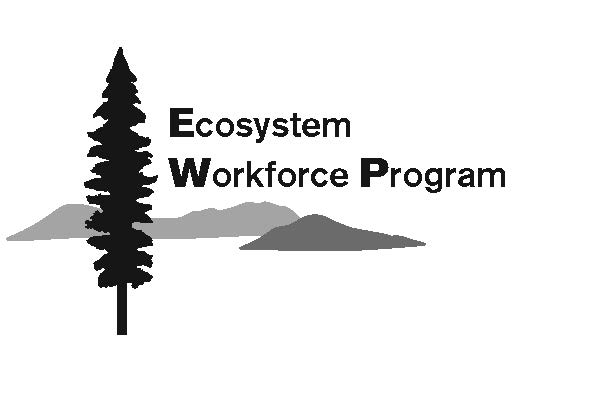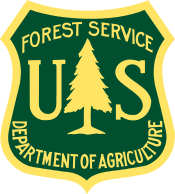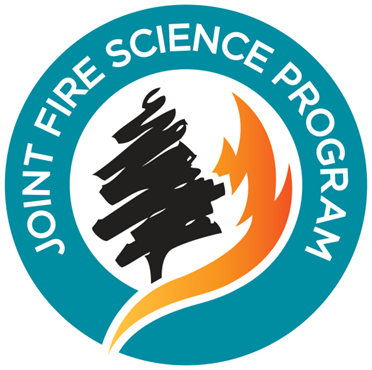Partner Feeds
Camping in Summer 2021: What Should You Know?
Last summer, many Washingtonians had to put their summer adventure plans on hold. Now, as Washington state reopens on June 30, many of those outdoor adventures are back on the calendar. Here’s what you need to know about camping this summer:
1. Camping is a great option for physically distanced summer fun
Vaccinated or not, camping is a great activity to get into the outdoors and avoid summer crowds. When around strangers, make sure to wear a mask and give them space.
2. Plan ahead for the weather and hydrate accordingly
Toast marshmallows while camping, not your skin — as long as it’s safe to have a campfire, of course. Bring sunscreen and protective clothing such as hats, shirts, and pants to protect yourself from getting sunburned. Additionally, bring extra water to stay hydrated and for use in hand washing, cooking, and dousing campfires.
Learn more about how to recreate responsibly at www.recreateresponsibly.org.3. Buy firewood locally
You might accidentally bring more than just campfire fuel if you bring your own firewood. You shouldn’t travel more than 100 miles with firewood because tree-killing insects and diseases can live in or on firewood. Instead, buy wood when you get closer to your camping destination. If you want to learn more about safe firewood practices, visit dontmovefirewood.org.
4. Do you need a reservation?
Before heading into public lands to camp, remember to check if your campsite requires a reservation. While many Washington State Parks require a reservation, many DNR-managed campsites are available on a first-come, first-served basis with a Discover Pass. Arrive to your campsite early and have a backup plan if your desired campsite is full. For more information on DNR-managed campsites, click here.
5. Camping with your four-legged friends
Camping is a great way to bond with your dog, just don’t forget the treats! Keep your pup and others safe by keeping your dog on a leash at all times, and remember to bring bags to clean up after them.
6. Practice campfire safety and follow local restrictions.
If it’s too hot to touch, it’s too hot to leave. Make sure your fire is completely out before leaving, and use pre-existing fire rings if available. Before leaving home, check to see if the area you’re camping in has campfire restrictions or has a burn ban by visiting dnr.wa.gov/campsites and fireinfo.dnr.wa.gov.
Use existing fire rings or fire pits if available to limit your impact on your campsite.7. Tell someone where you’re going, and bring a map or GPS
Getting lost or injured is the last thing anyone wants while camping. To ensure your safety, tell someone where you’re going and how long you plan to be there. This way, people know where you are in case of emergency. Additionally, consider downloading the Avenza Map App to better access 1,200 miles of trails on DNR-managed landscapes. To learn more about DNR mobile maps, click here.
8. Properly secure your food
Avoid attracting bears and other animals by properly storing your food. Consider buying or renting a bear-resistant food container such as a bear canister, or hang food from a tree in a food bag. Wash dirty dishes immediately, and don’t burn excess food, tea, or coffee grounds. To learn more about storing food from bears and other animals, click here.
9. Leave No Trace
Nothing ruins a camping trip more than arriving at a dirty campsite. Clean up any trash you made and bring it with you, and ensure that your camp is left cleaner than when you got there. To learn more about respectful outdoor practices and minimizing your impact, visit the Leave No Trace website.
10. Consider dispersed camping
Dispersed camping is a great option for those looking to social distance — plus, it’s free! If you are willing to rough it, dispersed camping (or boondocking) offers camping areas on public lands in national forests. These areas are first-come, first-serve, so make sure you have a backup location in mind if your first choice doesn’t work out.
Dispersed camping along Washington state’s coast. Get outside and stay safe!Camping can be a great way to get out and enjoy the benefits of public lands. By being in the know, you get the best out of your camping trip in 2021.
Want more info? Download the camping guidelines infographic.
